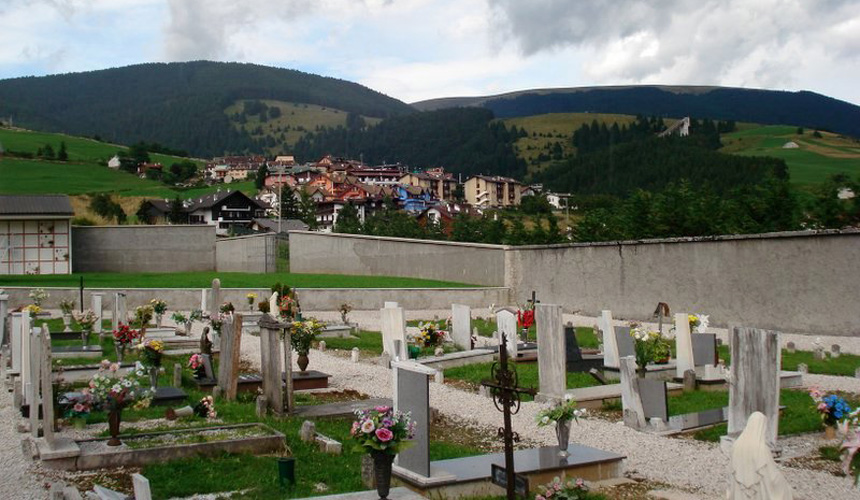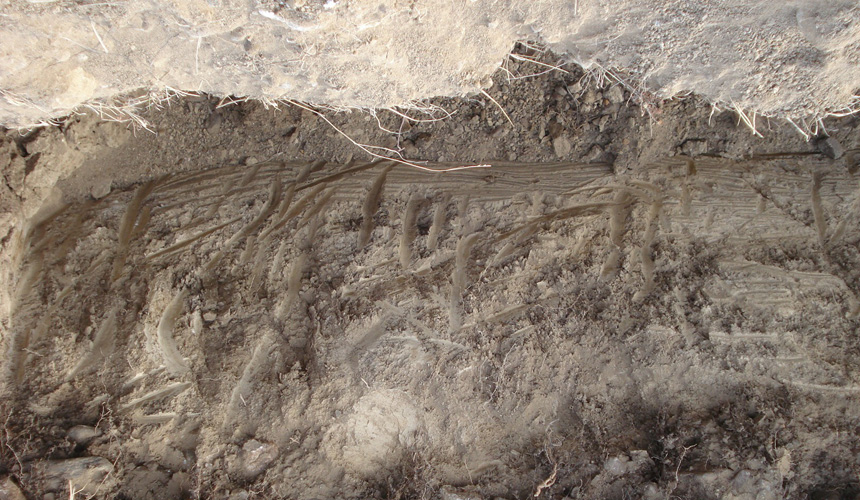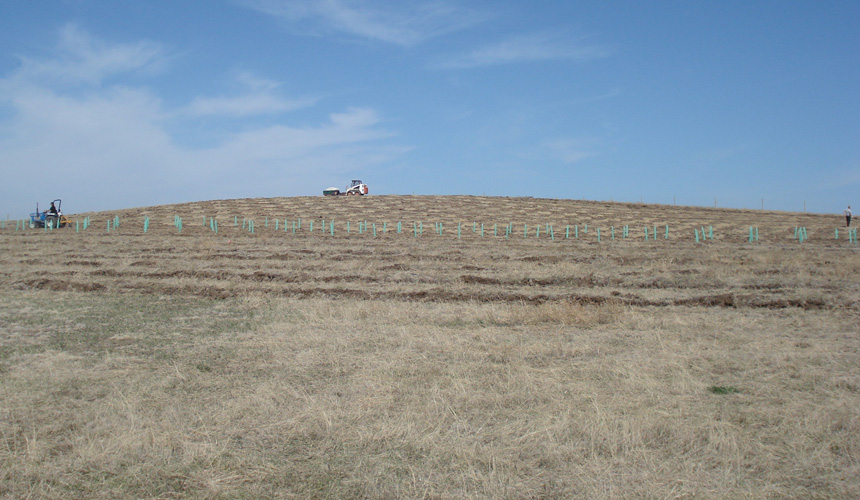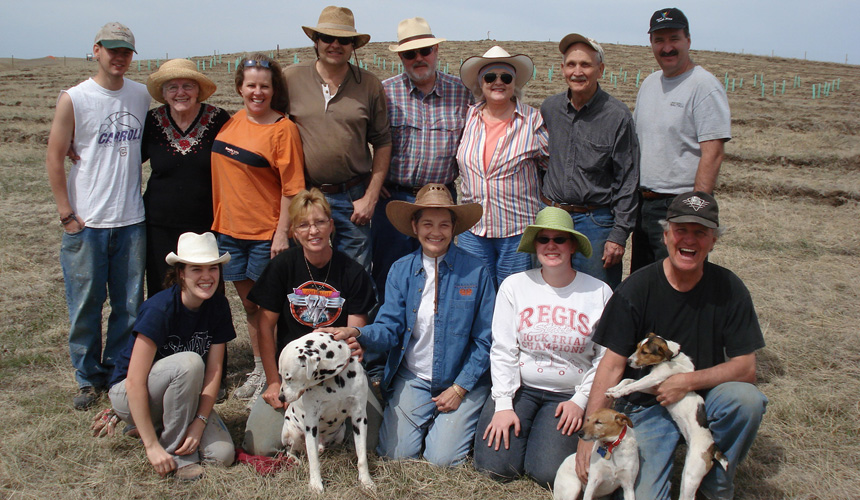An Italian Tradition

On May 6th of 1913, Antonio Joseph Finco immigrated to the United States from Gallio, Italy, a small village near Assiago in the northern part of the country. Antonio, like his father and fathers before him, made wine. However, upon moving to the Upper Peninsula of Michigan, he found grapes hard to come by. Anxious to preserve his heritage and carry on the tradition of years of ancestors before him, Antonio and the Italians of Ironwood, Michigan, ordered grapes from the early producers in California. Rail cars of grapes would arrive and each family would make their own wine from grapes that had traveled several thousand miles.
This tradition of winemaking continued throughout Prohibition or the Volstead Act, as the 18th Amendment to the Constitution became known. The law did not technically ban the actual consumption of alcohol, but made obtaining it legally difficult. Specifically, Section 29 of the Act allowed 200 gallons (the equivalent of about one thousand 750 ml bottles) of “non-intoxicating cider and fruit juice” to be made each year at home. The definition of “intoxicating” in the 1920s was the loophole that literally created a boom in the sale of grapes for making wine at home. Under the Act, vineyards and wineries were allowed to keep producing grapes and wine for home use and sacramental purposes. Nonetheless, the wine industry was decimated from over 700 wineries before Prohibition to only approximately 130 left after its repealment.
Zinfandel grapes, what the Italians had known in Italy as Primitiva, were popular among home winemakers living near the California vineyards, but its tight bunches left their thin skins vulnerable to rot on the long journey from the western vineyards of California to the east. The thick skins of Alicante Bouschet were less susceptible to rot, so this and similar varieties were widely planted for the home wine-making market. Alicante Bouschet, or “shipping grapes,” sold at as much as $50 per ton or more than two to three times the pre-prohibition price. Business for these growers was booming.
During the dark days of the Depression, the Finco family and neighbors, along with the thousands of home wine makers across America, kept winemaking alive until the repeal of Prohibition with the 21st Amendment in 1933. Throughout the temperance movement and Prohibition, the Finco household in the Upper Peninsula of Michigan, like all of their Italian family and neighbors, were able to continue to legally make roughly 1,000 bottles of wine in their homes each year and, most importantly, were able to continue to drink their wine daily with their meals. The Finco family lifestyle of drinking wine with family meals is more than a European tradition; it is a way of life embraced by millions of Americans today.
Growing up in Northern Minnesota with an Irish father and an Italian mother, Michael Gould remembers visiting his maternal relatives in Ironwood. Each house served their own wine and, for the younger ones, homemade biscotti. The biscuit would be dipped into the wine, causing the kids to fall fast asleep not long thereafter. This economical approach to a babysitter was Mike’s first taste of wine.
Good Dirt

It was not until 2006 when Mike, his wife Marnie, and his daughters Kelsye and Aisling, were vacationing and visiting relatives in Italy that Mike started to think of a vineyard. As they traveled through the country, it occurred to him that wherever he traveled in the world, the soil that grew the best wine came from the most abject soil—rocky, loam soil that you probably couldn’t give to a regular farmer.
The following year, while visiting a vineyard and winery in southern France, Mike realized after a stroll through the vines that the soil stuck to his feet following a light rain, similar to their famous South Dakota Gumbo. Mike decided that once he returned to his home on the range, he would have the soil tested.
After sending several samples for analysis, Mike learned that the dirt at his ranch had a 60-inch subsoil of calcareous clay loam, containing high proportions of calcium carbonate in the form of calcite or aragonite. As it turned out, this calcareous soil was the same general type of soil found in the Bordeaux region of France, where such great wines as Sauvignon Blanc, Semillon, Cabernet Sauvignon, Merlot, Cab Franc, and Petit Verdot are found, as well as in the Langhe Valley of Italy, home of the three B’s: Barbera, Barolo, and Barbaresca. The soil was, of course, about all they had in common with these great grape growing areas of the world, but it was enough to keep Mike studying the idea of possibly putting in a vineyard.
Overcoming Obstacles

Despite the ideal soil, there were several other issues to resolve if this vineyard was to become a reality.
First was where to plant the vines. Mike chose a south-east facing hill with a good slope that would aid with drainage and maximize solar radiation for drying after a rain.
Next there was the problem of water. Technically classified as a “high desert” area, the vines would need irrigation if they were to stay alive. Mike decided a drip irrigation system would be the best way to water the vines while using the least amount of water possible.
Then there was the issue of the growing season. Western South Dakota has a growing season of 120 to 150 days—at least a month shorter than vineyards in Northern Italy. Nonetheless, Mike was betting that the vineyard would be protected by the microclimate produced as a result of being located on the leeward side of the Black Hills.
So, Mike thought he‘d give “vineyarding” a go and see what happened. In the fall of 2007, he ordered 650 vines from a supplier in upstate New York to be delivered and planted the following spring.
The Lost Holes

There was much work to be done if the Gould family was going to be ready to plant the grapes in the spring.
On Christmas day of 2007—one of the coldest days of the year—Mike and a friend finished digging the trench for a water line from the well to the hill where the vines would be planted. Mike recalls driving home that evening, cold, tired, and timid on icy roads, that they had better grow something on the side of that hill or his wife, Marnie, was going to be a tad upset.
Later that winter, they set to work digging the holes to plant the vines. This was no easy task, however, due to the hard, rocky, compressed ground that had never been disturbed by a shovel, much less planted. Using a steel auger attached to his Bobcat, Mike drilled as the winter wind whipped dry dusty soil in his face. It seemed that with each hole came more rocks. He had to replace the cutting teeth of the auger twice. Then, to get rid of the rocks he had unearthed, Mike used a landscape rake attached to the Bobcat. It was a dirty, loud, and tedious process, but one that brought him closer to the vineyard with the amount of dirt he inhaled and swallowed.
With the rocks gone, the hill started to look like it had potential to become a vineyard. The only problem was that the rock rake did more than get rid of the rocks—all 600 holes were filled in with dirt and had to be dug again. After relating this absurd, Sisyphean story to a friend from Belgium who had a fine laugh at the whole ordeal, the friend suggested they name the vineyard “Les Trous Perdus,” French for “The Lost Holes.” Though he appreciated the suggestion—Mike had never thought it was possible for a hole to go missing up until that spring—the vineyard remains named after the country road that leads to it. As Camus proposed, one must revolt against the absurdity of “lost holes” in life and imagine happiness.
A Village to Plant a Vineyard

One weekend in early May of 2008, Old Folsom Vineyard was planted with the help of many hands. Friends, family, neighbors, and wine enthusiasts alike all showed up to turn this crazy dream into a reality: Kelsye drove back from college with a couple of friends; Mike and Marnie’s nephew flew in from Minneapolis; even Martha, Mike’s 82-year-old Italian mother, lent a hand.
The first grapes planted were mostly French-American hybrids: Frontenac, Marquette, Frontenac Gris, and Brianna. However, Mike also decided to plant a test row of European vinesNebbiolo, Malbec, and Petit Verdot—to see if they might survive in the South Dakota climate.
None of the Petit Verdot and only one of the Malbec survived the first winter with temperatures dipping down to -23° F. But most of the Nebbiolo—the family’s homage to their Italian roots—survived.
In the spring of 2009, the Gould family, again with the help of many hands, planted several hundred more vines, including a hybrid called LaCrescent. Mike and Marnie cannot imagine that any of this would have been possible without the generous help of these many people planting, stringing wire for trellis, digging the water lines, and tamping posts. When things are done by people together with a unified vision and labor is performed by people simply because they want to help, the end result shows through. It all adds up to what we like to call “the miracle on the prairie.”
